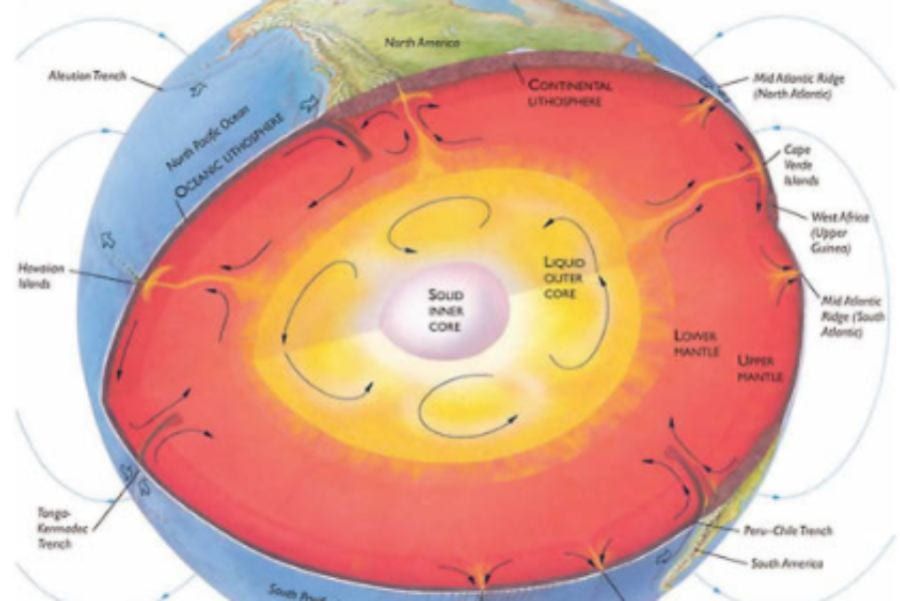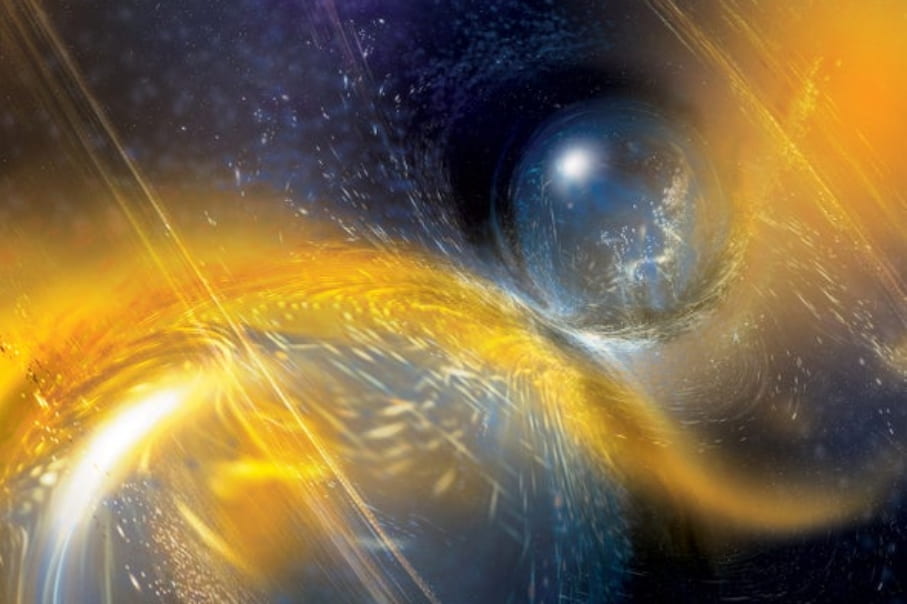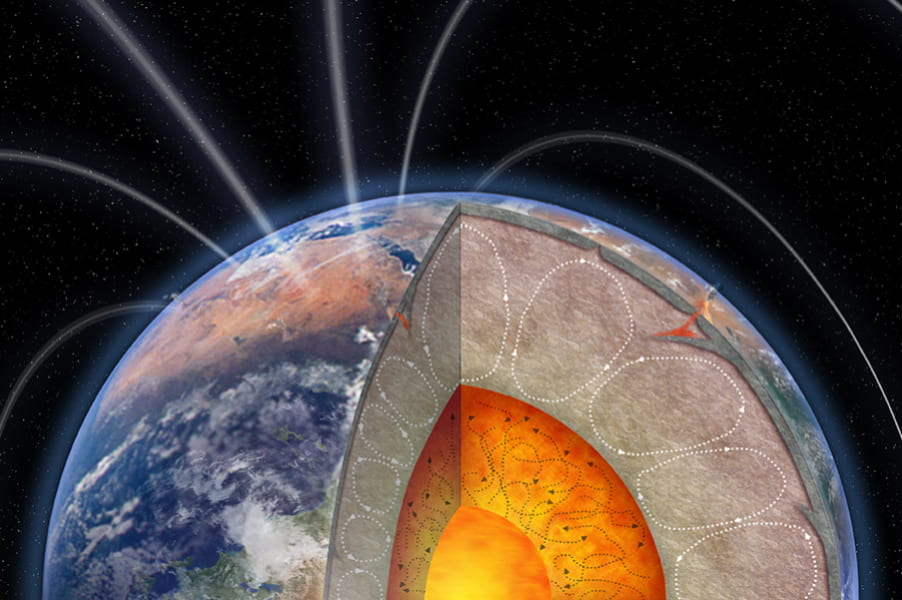How Radioactivite Elements May Make Planets Suitable or Hostile to Life
What makes a planet suitable to life? Some researchers think that focusing on a planet’s distance from its sun — the “habitable zone” — is too narrow. A new hypothesis looks at how radioactive elements may be an important factor for life to emerge.




